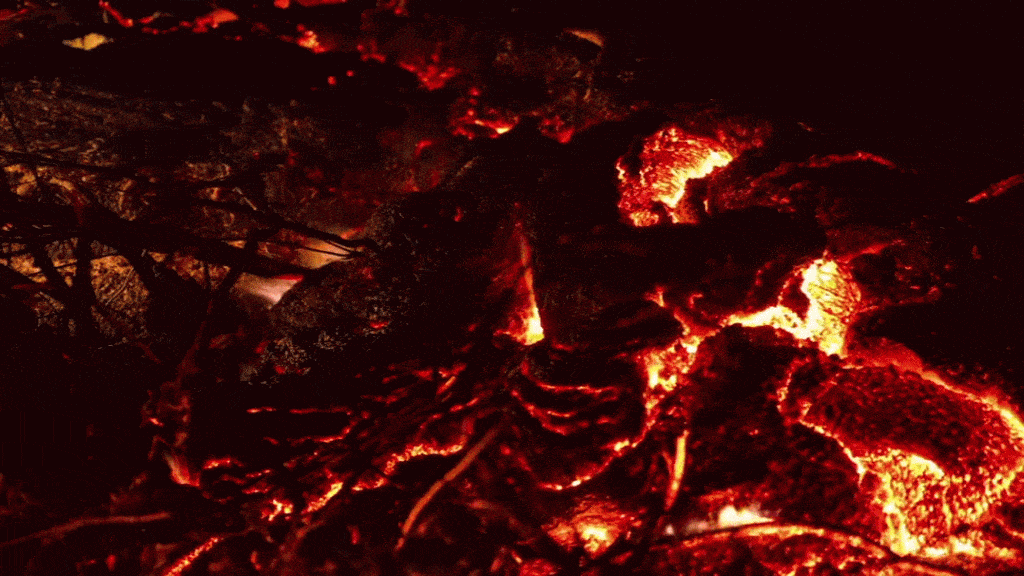Even as a geologist, I can’t help myself from looking at lava with an almost childish fascination — it’s something from the depths of the Earth (literally), with the potential to destroy anything in its path, and also to create new landscapes, drastically changing the surface of the Earth. In the short film above, Lance Page managed to capture the sheer force of the Kilauea volcano in all its splendor: terrifying, mesmerizing, and inspiring all at once.
“Many in Hawaii refer to the lava as ‘Pele’, the Hawaiian goddess of fire … This six and a half minute film is my best attempt at capturing what it felt like to witness molten rock slowly burning down a dense wet rainforest or to peer into a six-hundred-foot-wide lava lake at Kilauea’s summit crater. I’ve never been anywhere else on the planet that demanded as much respect and awareness for the natural environment around me. Her unexpected beauty and unsettling sense of danger were nothing short of humbling and put so much into perspective. Kilauea really did change my life.”
Lava is the molten rock expelled by a volcano during an eruption; the less silicates the lava has, the hotter it gets, and the smoother the eruptions. The relatively slow flow of the Hawaii volcanoes indicates a basic lava (as opposed to an acidic one) with a low viscosity, flowing at very high temperatures.
For more information and awesome volcano facts, read:
- The Three Main Types of Volcanoes
- Volcano in Ethiopia is spewing out blue lava
- Man descends 1200 ft to experience an active volcano and lava lake up close



